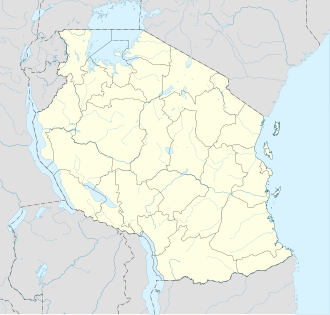Environment
The reserve includes several biomes, including tropical forest, riverine forest, and maquis shrubland. Some plants found in the area are Odyendea zimmermanni, Uapaca guineensis, Antiaris toxicaria , Elaeis guineensis , Erythrophleum suaveolens , Pachystela brevipes, Bombax rhodognaphalon, Quassia undulata, and Croton sylvaticus . [2] Riverine forest mostly comprises Barringtonia racemosa and Samadera indica, as well as Raphia and Anthocleista where swamps are found. [2] Shrubland is mostly found on the Tondooni peninsula, and its vegetation includes Sorindeia madagascariensis, Diospyros consolatae, Tamarindus indica , Afzelia quanzensis , Terminalia boivinii, Cussonia zimmermannii, and Olea woodiana . [2]
Some areas of the reserve are dominated by mangroves, and host Sonneratia alba , Avicennia marina , Xylocarpus granatum , Bruguiera , Rhizophora , and Ceriops . [3] Other notable plants found in the reserve are the endemic Chrisalidocarpus pembanus and Ensete proboscoideum, as well as Terminalia catappa , Musa acuminata , Typhanodorun lindleyanum, and Philippia mafiensis. There is also a significant number of orchids, including Aerangis , Bulbophyllum , Eulophia , Disperis johnstonii, Nervilia bicarinata, and Vanilla roscheri . [4]
Fauna in the reserve includes some rare species, such as the endemic Pemba flying fox; almost extinct in recent years, its population has now grown to an estimated 20,000 individuals, thanks to an effective protection programme. [5] Primates include an endemic subspecies of vervet monkey, as well as the Zanzibar red colobus, a species that was introduced in the reserve in the 1970s. Other notable species found in the reserve are the blue duiker and the Pemba scops owl. [6]
This page is based on this
Wikipedia article Text is available under the
CC BY-SA 4.0 license; additional terms may apply.
Images, videos and audio are available under their respective licenses.

